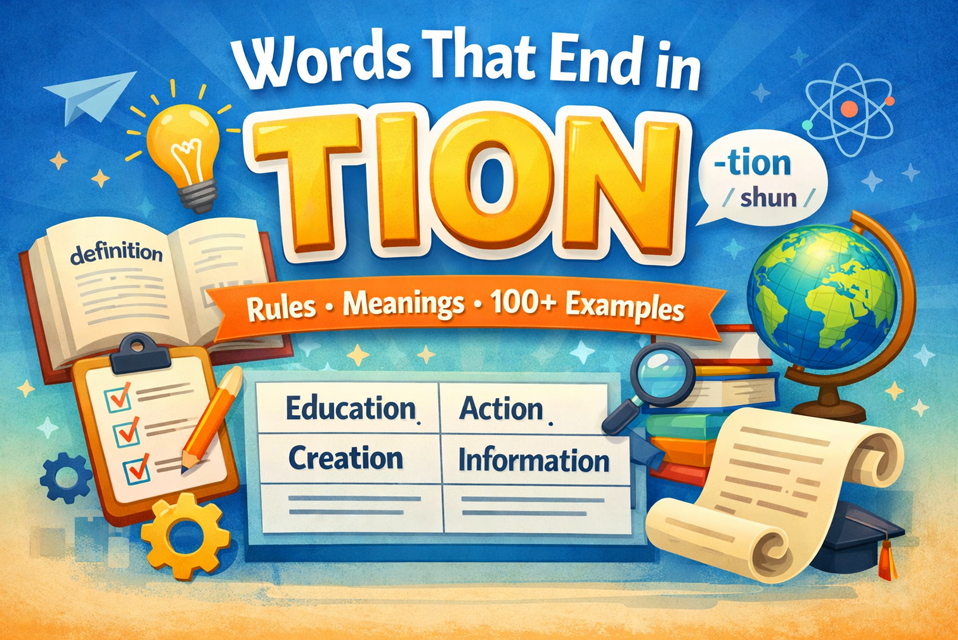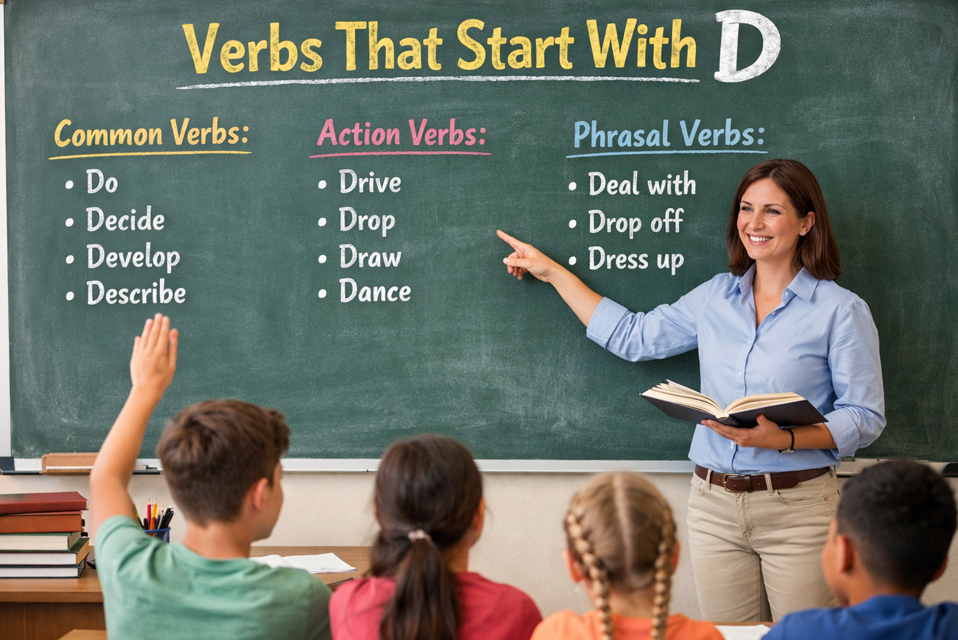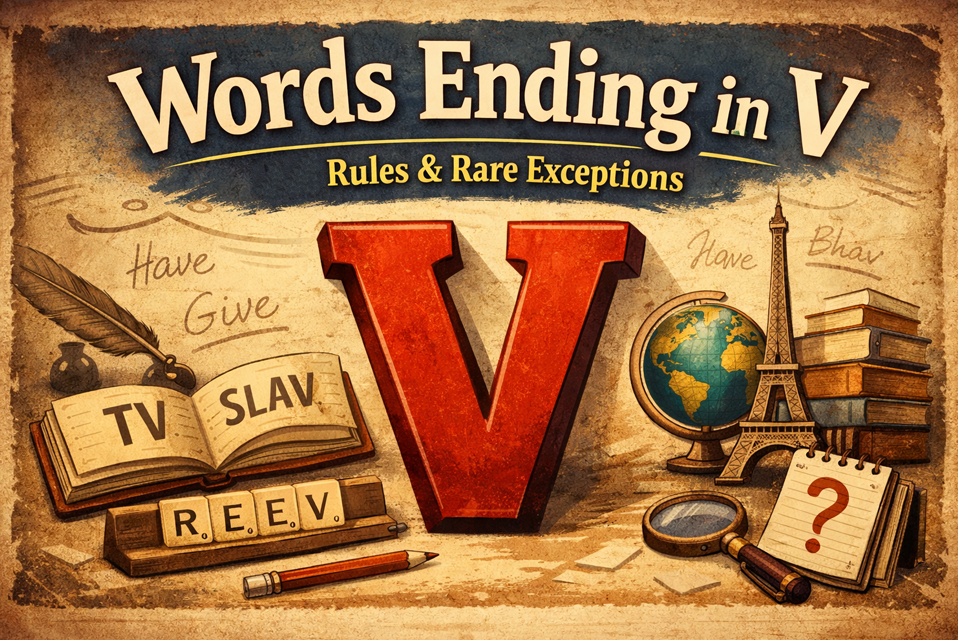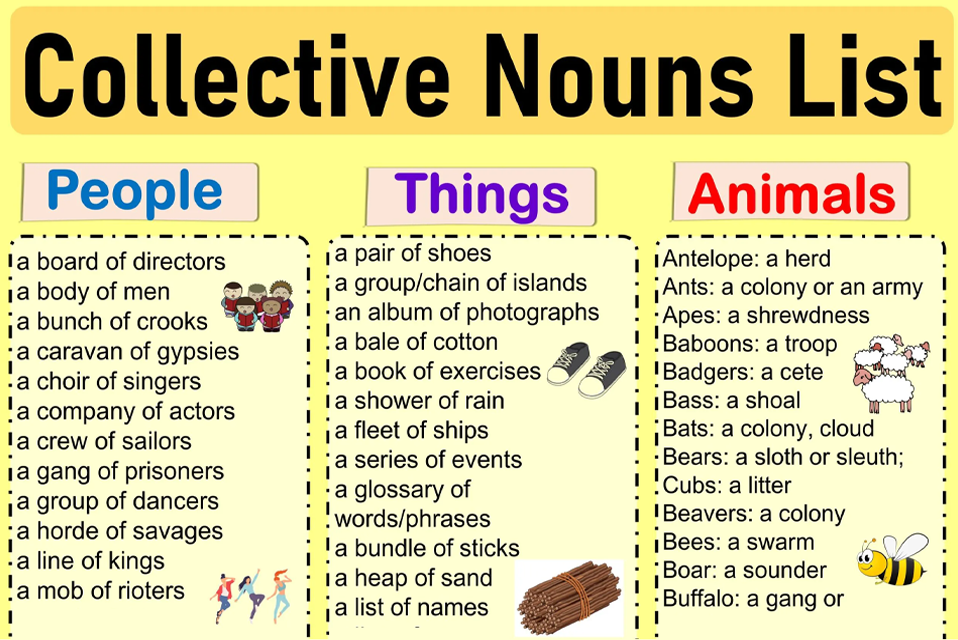Despite being a universal feeling, sadness may be hard to describe. Sad similes may help with that. A simile creates a clear image of how something feels by comparing two things using the terms “like” or “as.” Sad similes let readers relate emotionally by making sadness, grief, or sorrow easier to picture.
The correct simile may transform an abstract emotion into something really accessible, whether you’re composing poetry, creating conversation, or just attempting to express your sentiments.
Sad Similes: What Are They?
A sad simile is a figure of speech in which melancholy is compared to a well-known scene or event. Through the use of “like” or “as,” similes enable us to convey feelings in a manner that is compelling, memorable, and simple to comprehend.
For Example:
- She had a stone-heavy heart.”
- “Like raindrops in a storm, his tears fell.”
These analogies do more than just explain; they evoke the reader’s emotions.
31 Timeless Depressing Similes and What They Mean
A comprehensive collection of often used depressing similes from many sources is provided here, along with examples and explanations to help you use them organically into your own work.
1. Tears that are heavy and uncontrollable, like rains.
For instance, Sarah started crying like raindrops as she heard the news.
2. Heart as heavy as a stone: Absorbing, crushing grief.
3. Example: Following the death of her pet, Emily’s heart felt like a heavy stone.
Sadness that hangs like a black fog.
For instance, when Jake’s closest buddy moved away, he was plagued with melancholy.
4. Waterfall-like eyes: Constantly sobbing.
Example: When Tommy’s toy broke, he sobbed uncontrollably.
5. Emotional agony that pierces the heart like a sharp dagger.
For instance, Lily’s heart felt like a sharp knife when she lost the toy.
6. Feeling as if everything is dark and gloomy as a dense fog.
Example: The town was shrouded in darkness like a dense fog after the storm.
7. Overwhelming grief sadness like an infinite ocean.
For instance, after her grandma passed away, Lily’s grief has seemed to go on forever.
A frown that resembles a storm cloud is a melancholy facial expression.
8. Example: As Timmy trekked through the rain, his frown resembled a storm cloud.
Isolation is loneliness akin to a desolate island.
For instance, Mark felt alone and isolated on a lonely island.
9. Emotional devastation–pain like a shattered heart.
For instance, Emily experienced heartbreak when her buddy moved away.
10. Suffocating despair, or misery like a thick blanket.
For instance, Sarah’s suffering was like a thick blanket that she was unable to shake.
11. Hopelessness is despair like a vast abyss.
For instance, after failing her exam, Jenny felt as if she had fallen into a deep abyss.
A quiet, melancholy flow of sighs like a soft wind.
For instance, Maria’s heart was heavy as she sighed like a soft wind.
12. Low, introspective sorrow that is melancholy like a gloomy sky.
For instance, during rainy days, Lily’s disposition reflected the grayness of the sky.
13. A knot in your gut is a sign of physical anxiousness.
Example: Sarah’s anxiety felt like a tangled rope in her stomach as she awaited the findings.
14. Thunder-like sobs: intense, deafening sobbing.
For instance, when Katie received the news, her sobbing resounded like thunder.
15. Letdown: Disappointment like a deflated balloon.
For instance, after Tim lost the race, his sadness was like a deflated balloon.
16. Pain that lingered, like a bruise.
For instance, cruel remarks caused Sam’s emotions to ache like a bruise.
17. Lost chances are regrettable, much like a missed train.
For instance, it was like missing a train when you forgot your assignment.
18. A knotted knot of agony: Severe suffering.
For instance, Emma’s heart felt like a knotted knot from her agony.
19. Grief is a burdensome sorrow that drags one down.
Example: Following the death of her grandma, Sarah’s sadness seemed like a heavy load.
20. Repeated melancholy, or sorrow like a broken record.
For instance, Lily’s grief was playing repeatedly.
21. A strong needle-like discomfort that comes on suddenly.
For instance, Emily experienced excruciating anguish when her buddy departed.
22. Sadness for things that cannot be reversed, or regret like spilled milk.
Example: I felt like I was regretting not studying.
23. Woe like a burdensome load: crushing sadness or hardship.
For instance, Tim felt as if a tremendous burden was resting on his shoulders.
24. Sadness is the loss of delight, like a fading flower.
For instance, after being tormented, Sarah’s unhappiness withered away like a flower.
25. Dejection is like a black tunnel: there isn’t a clear path out.
For instance, Tom’s dejection was like being trapped in a pitch-black tunnel.
26. Sadness that is nostalgic, like a sunset that is passing.
Example: When summer ended, Lily’s sorrow was like a fading sunset.
27. Discouragement is dejection like a deflated balloon.
For instance, when Jake missed the team, he felt like a deflated balloon.
28. Feeling abandoned is wretchedness like a shattered doll.
For instance, on his birthday, Timmy felt miserable and like a shattered doll.
29. Sadness that is empty, like a chasm that is hollow.
For instance, when Johnny lost his toy, his heart felt like an empty canyon.
30. Feeling confined and dragged down, despair is like sinking sand.
For instance, Sarah’s sadness was like being pulled beneath by sinking sand.
31. Sadness that remains but gradually fades, melancholy like a fading echo.
For instance, when the seasons changed, Lily’s sorrow reverberated like a fading echo.
How to Apply Similes of Sadness Of course
Align the sentiment with the tone. Use soft similes to convey a sense of peaceful, introspective sorrow (“melancholy like a gray sky”). Use more somber imagery for deep sadness (“sorrow like an endless ocean”).
Avoid overloading: To make a simile more powerful, use one each paragraph or scene.
Integrate into the story: Write “He walked home with sadness like a dark cloud hanging over him” rather than “He was sad.”
In Conclusion:
Although it might be difficult to articulate sadness, sad similes provide a clear and profound way to express it. They transform intangible emotions into relatable, vivid images. Whether you’re writing poetry, crafting a novel, or keeping a personal journal, using sad similes can help you create a deeper emotional connection with both your audience and yourself.
Your writing will become more memorable and emotive if you use the classics, establish new parallels, and fit the tone to the emotion.
FAQs on Sad Similes:
Why use depressing similes for straightforward descriptions?
They stimulate the reader’s senses and imagination by making feelings more real and accessible.
Can I make one myself?
Yes, Imagine things, the natural world, or circumstances that are as toned or as depressing as you are.
When it comes to melancholy, are similes preferable to metaphors?
Both are effective. Whereas metaphors suggest the similarity immediately, similes need the words “like” or “as” to make it clear.







